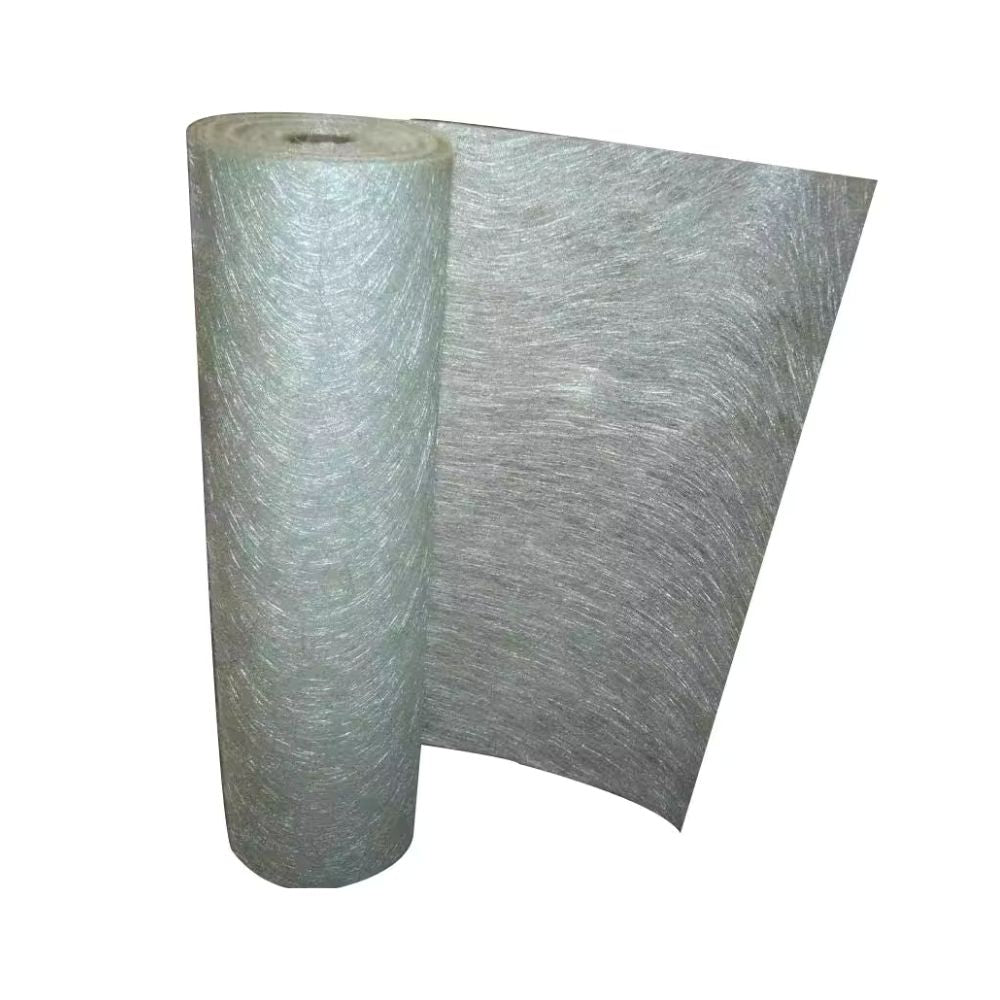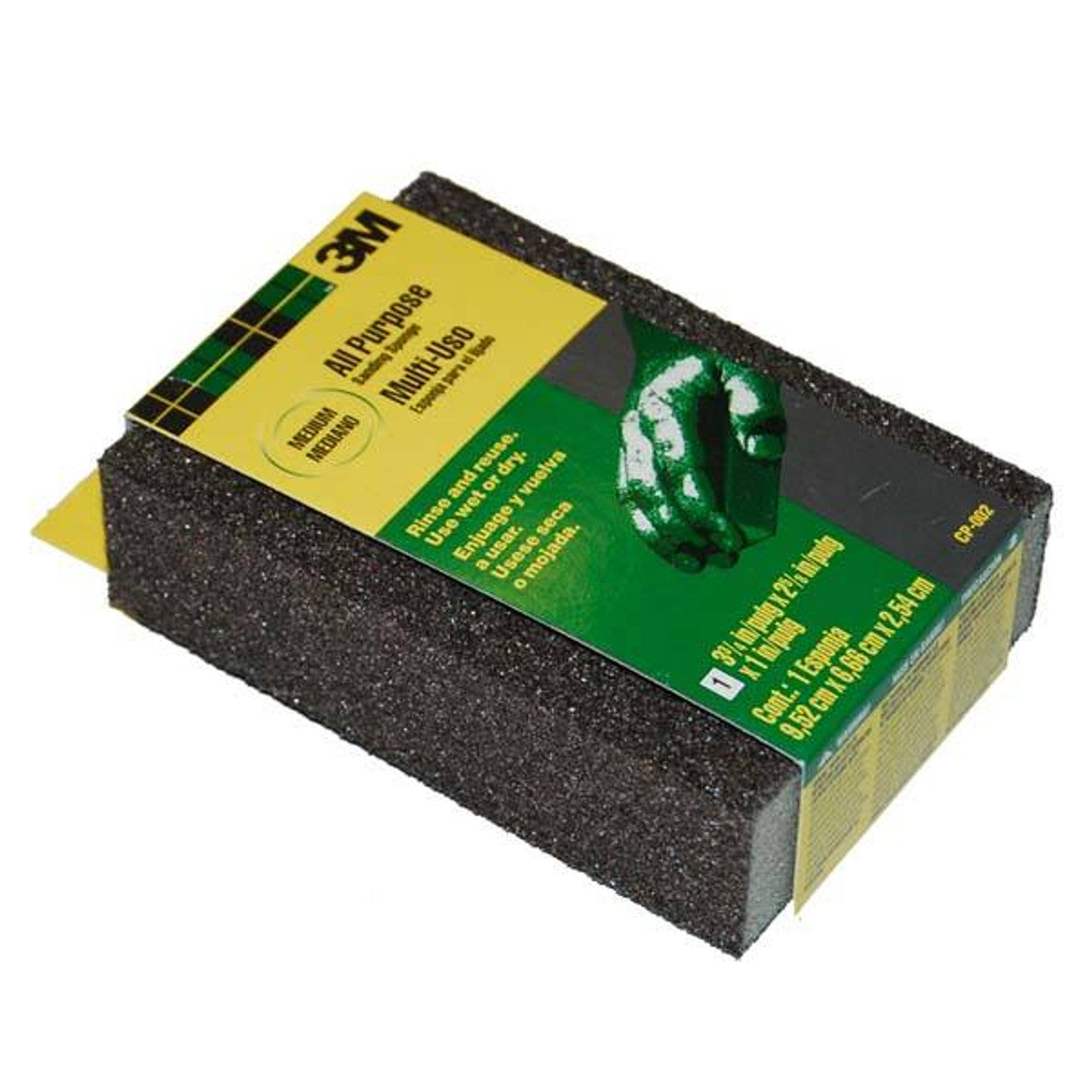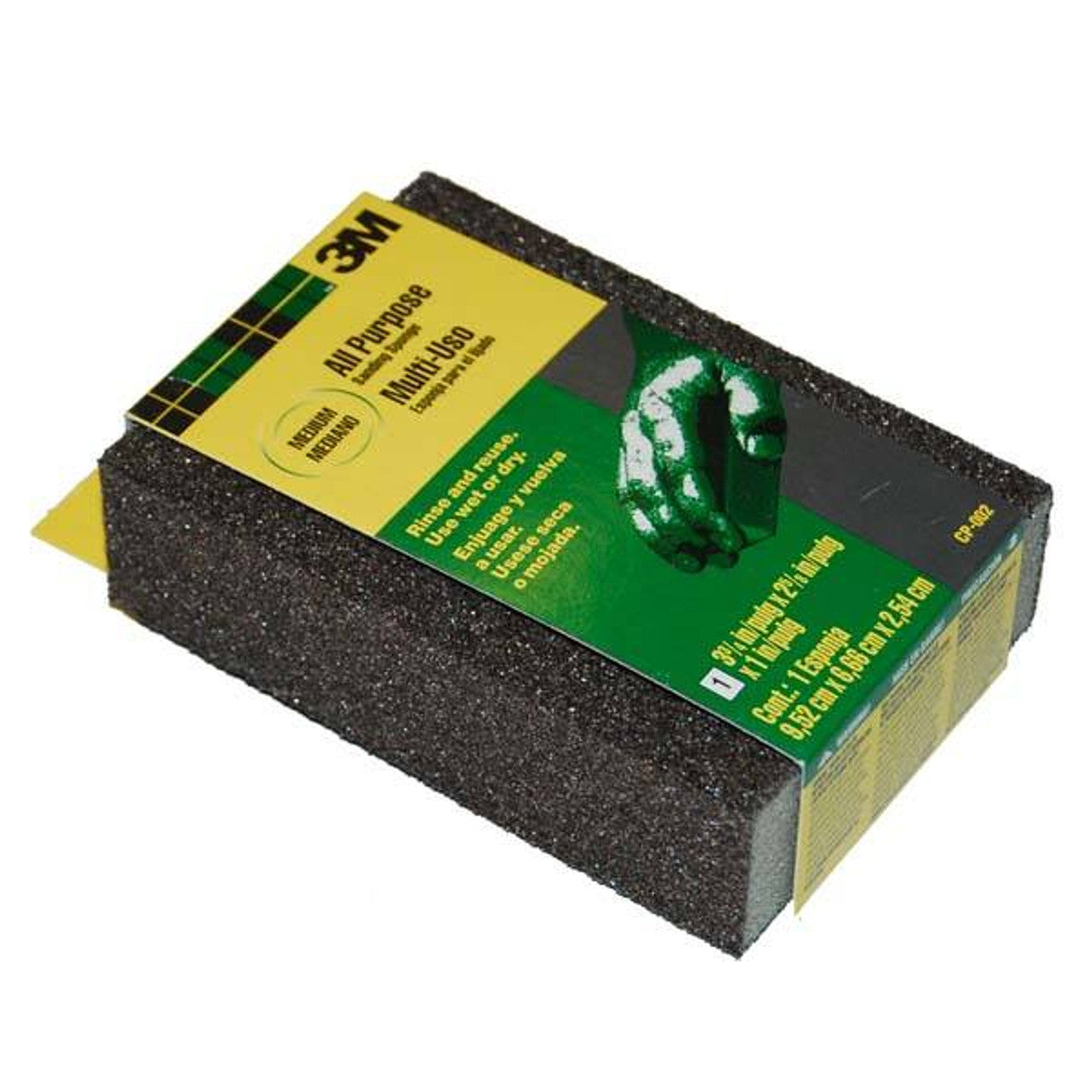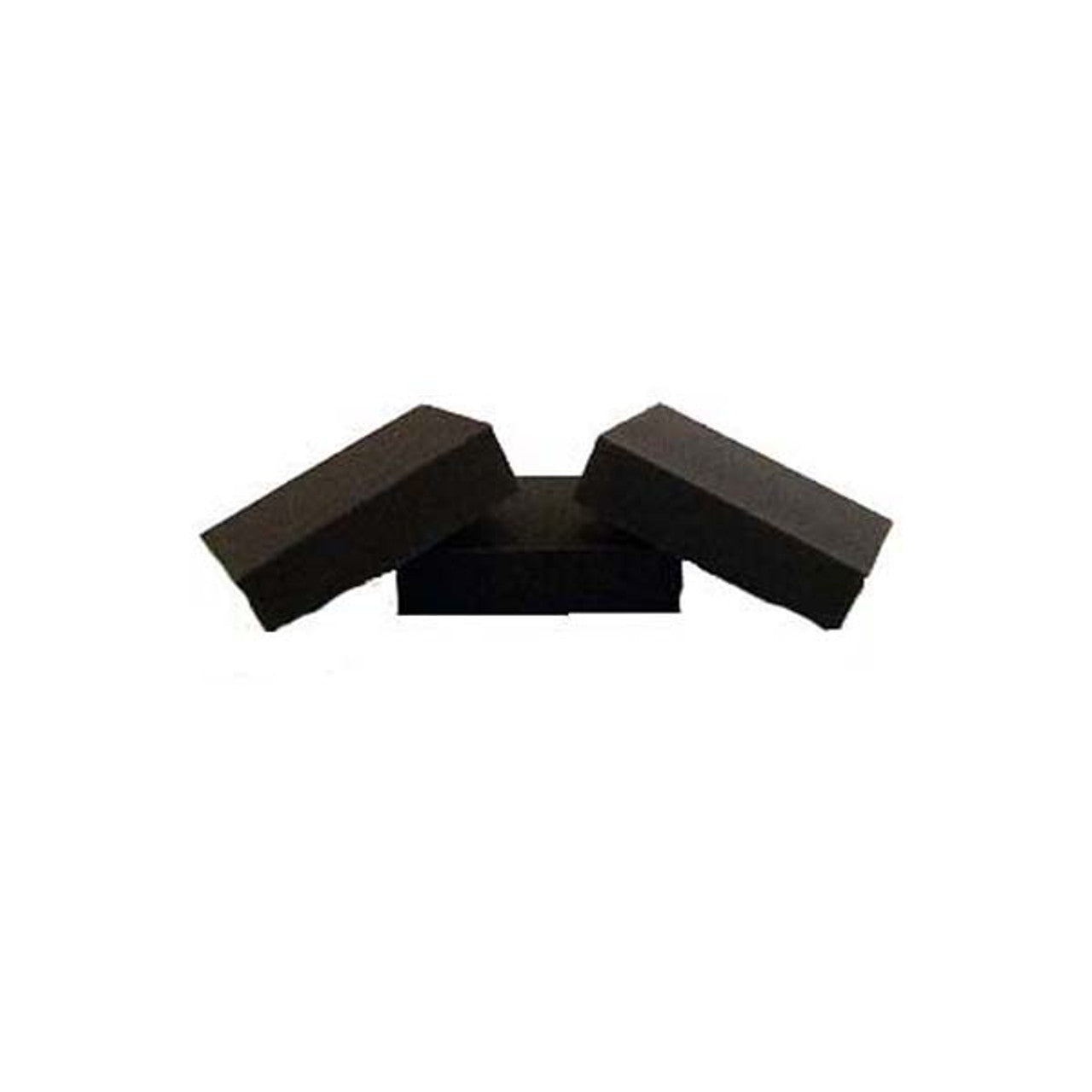
Sanding and Fairing Techniques for Fiberglass Finishing
Achieving a smooth, professional finish on a fiberglass boat or structure requires proper sanding and fairing techniques. Whether you're preparing for gelcoat, paint, or simply ensuring a seamless surface, taking the right steps will ensure durability and a flawless appearance. This guide covers the best practices for sanding and fairing fiberglass to help you achieve top-quality results.
Step 1: Gather Your Tools and Materials
Before you begin, ensure you have the following supplies:
- Sandpaper (40 to 400 grit) – Coarse for shaping, fine for finishing.
- Longboard Sanding Block – Helps maintain even surfaces.
- Orbital or DA Sander – Speeds up sanding for larger areas.
- Fairing Compound – A lightweight filler for smoothing imperfections.
- Spreader and Trowel – For applying fairing compound.
- Acetone or Solvent Cleaner – Removes dust and residue.
- Protective Gear – Gloves, mask, and goggles.
Step 2: Initial Sanding for Surface Prep
- Remove Rough Edges – Use 40-80 grit sandpaper to grind down high spots, seams, or excess resin.
- Smooth Out the Surface – Work with a longboard sanding block for even sanding, preventing dips and waves.
- Clean the Area – Wipe away dust with acetone or a solvent cleaner.
Step 3: Applying Fairing Compound
- Mix the Fairing Compound – Follow the manufacturer’s ratio for consistency.
- Apply in Thin Layers – Use a spreader to smooth the compound over low spots and imperfections.
- Let it Cure – Allow full curing per product instructions before sanding.
Step 4: Shaping and Refining the Fairing Compound
- Sand with 80-120 Grit – Use a sanding block or DA sander to level the fairing material.
- Check for Low Spots – Run your hand over the surface or use guide coats to identify uneven areas.
- Repeat as Needed – Apply additional fairing compound and sand again for a perfect finish.
Step 5: Final Sanding for a Smooth Finish
- Use 220-400 Grit Sandpaper – Progressively move to finer grits for a polished surface.
- Wet Sand for an Ultra-Smooth Finish – If prepping for paint or gelcoat, wet sanding reduces scratches.
- Clean and Inspect – Ensure all dust is removed before applying the final coating.
Final Thoughts
Sanding and fairing are essential steps in achieving a strong and visually appealing fiberglass finish. By following these techniques, you can create a smooth, professional-quality surface that’s ready for painting or gelcoating.
For high-quality fairing compounds, sanding tools, and marine finishing supplies, visit Boat Suppliers for everything you need to complete your project with precision!
Prev post
How to Choose the Right Gelcoat for Your Boat's Finish
Updated on 09 August 2025
Next post
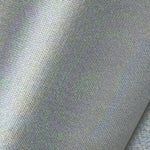
How Is Fiberglass Cloth Made?
Updated on 09 August 2025














